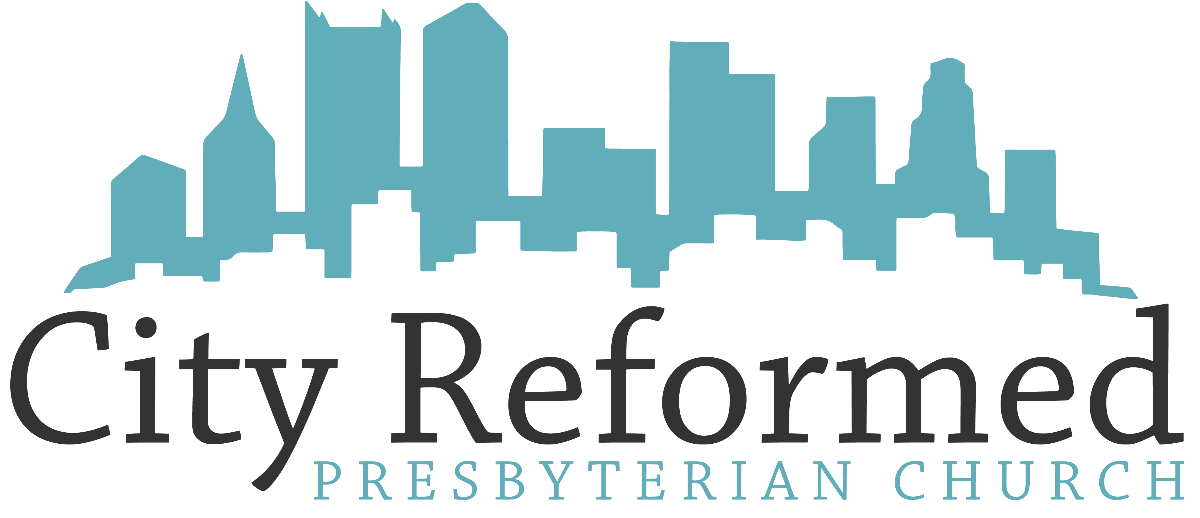Text: Rev 17:1-6a
OT Text: Hab 1:6-7
Featured Verse: Rev 17:5 And on her forehead was written a name of mystery: “Babylon the great, mother of prostitutes and of earth’s abominations.”
Main Idea: We are introduced to “Babylon the Great”, which represents the collective efforts of fallen humanity.
We saw yesterday that we are now in a new section of Revelation. While chapters 6-16 were dominated by four series of seven judgments, these remaining chapters zoom in on the end of the world and the restoration of all things. These final six chapters are also dominated by the contrast of two cities – Babylon and the New Jerusalem.
Analysis
We have already had two references to Babylon, but now we are “properly introduced.”* She appears like a great prostitute**, riding the beast. She is characterized by three things: wealth (17:4), power(17:18), and sexual immorality (17:2). Most importantly, when we pull back from this vision and look at the big picture, Babylon stands in sharp contrast with another city, the “New Jerusalem.” (Rev 21:1-4)
– Babylon is a prostitute, but the New Jerusalem is a faithful bride.
– Babylon is characterized by pride and blasphemy (17:3-5), but the New Jerusalem by the presence of God.
– Babylon is responsible for oppressing the saints, for the shedding of their “blood.” (17:6)
– Babylon will fall (18:2), but the New Jerusalem will come down from heaven, eternally secure. (21:1-4)
Also, note that she is pictured “riding the beast” and that she influences the kings of the earth, causing them to become drunk with sin. (17:2) Later we will see that this then extends to “peoples and multitudes and nations and languages. (17:15) This pictures a chain of influences. From the dragon to the beast to the harlot to the kings of the earth to all the people on earth. To live in proximity to Babylon is to wrestle with the influences of money, sex and power, all of which are used by Satan for his destructive purposes.
Conclusion and Application
In the first century, as today, the literal city of Babylon was not a place of great importance, but it retained great symbolic value. In the OT, the Babylonian conquest of Jerusalem and their 70 years in exile became the quintessential encounter with hostile worldly powers. Daniel and his friends faced enormous pressures in Babylon, and their ultimate return to Jerusalem under the leadership of Ezra and Nehemiah was a national and spiritual rebirth for God’s people. Author Tim Chester wrote, “in the Bible, Babylon became the archetypal idolatrous empire.” In every age, this archetypal empire appears in a particular form. As we shall see tomorrow, first century Christians thought of Rome as the “New Babylon” and many aspects of her appears her have Roman features.
But today I want to consider Babylon’s symbolic value. After the eventual fall of Rome in 410 AD, St. Augustine wrote a groundbreaking book called The City of God. In this book, he argued that the Bible is always contrasting the earthly city of man (called “Babylon”) with the heavenly city of God (“the New Jerusalem.”) When he wrote this, he was not thinking of the physical cities, but the underlying systems. What we are calling, “Babylon” or the “City of Man”, can also be referred to as “the world.” It represents all the efforts of rebellious humanity to craft a city for their own glory, in their own power, apart from God. It is not easy to remain uninfluenced and uncorrupted by Babylon. By contrast, Christians are citizens of a heavenly kingdom. We look forward to the city that God will establish, as we seek to align our trust and our love with God. Here is how Augustine famously described it:
“Accordingly, two cities have been formed by two loves: the earthly by the love of self, even to the contempt of God; the heavenly by the love of God, even to the contempt of self. The former, in a word, glories in itself, the latter in the Lord.” – Augustine of Hippo, City of God, section 283.
Which city exercises greater influence on your life?
Notes
* Rev 14:8 Another angel, a second, followed, saying, “Fallen, fallen is Babylon the great, she who made all nations drink the wine of the passion of her sexual immorality.” (and) Rev 16:19 The great city was split into three parts, and the cities of the nations fell, and God remembered Babylon the great, to make her drain the cup of the wine of the fury of his wrath.
** I recognize that modern readers can be sensitive to this symbolic image and perhaps feel like the Bible is unfairly demonizing prostitutes. We recognize that many women in difficult circumstances are coerced into prostitution, and that there is a legitimate aspect of victimhood that runs throughout. In many cases, the consumers of prostitution really bear the greater guilt. It is also good to remember that Jesus had a very active ministry to prostitutes and that the grace of the gospel brings redemption and renewal to people in all sorts of destructive lifestyles (Matt 21:31-32.) Recognizing these things, it is still possible to appreciate the contrasting images of prostitute and bride for their symbolic value.

